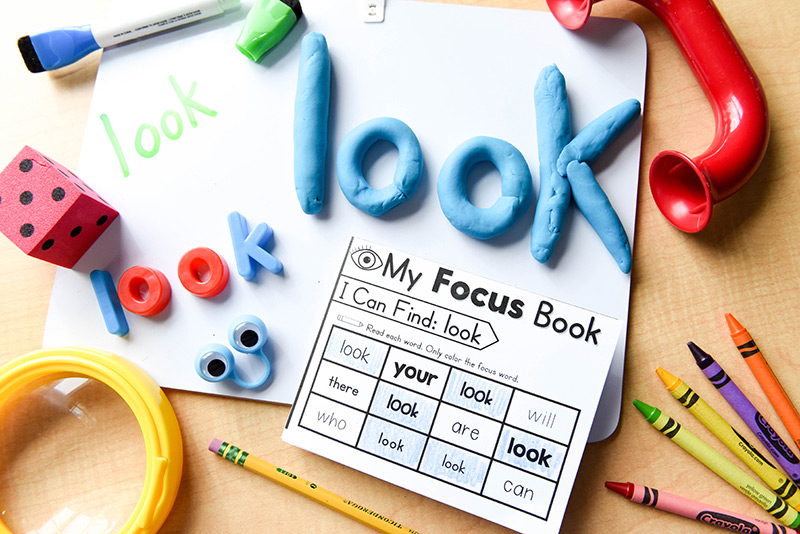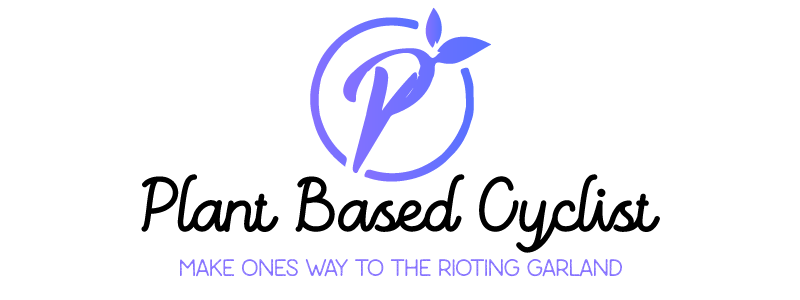What is the right way to use business cards?
It’s important to know if you want to make a good impression in the business world. This article will explain why business card etiquette is important and give you tips for making a good card.
We’ll also talk about when and where to exchange cards, how to hand them out politely, and what to do after you receive one.
These guidelines will help you improve your networking skills.
Importance of Business Card Etiquette
- It’s important to follow business card etiquette to make a good impression on potential clients and business partners. When you meet new people and want to make professional connections, exchanging business cards is really important. By following the right etiquette, you can show that you respect others, are professional, and pay attention to details. This will leave a positive and memorable impression on the people you meet.
- Showing respect for business cards shows that you appreciate the time and effort it takes to create and exchange these small but important pieces of contact information. When you present your card in a respectful way, it shows that you take your business seriously and genuinely want to build meaningful relationships. This simple act of politeness can have a lasting impact on potential clients and business partners, setting the stage for future collaborations and opportunities.
- Following business card etiquette also shows that you’re professional. By making sure your cards are clean, well-designed, and up-to-date, you show that you’re competent and pay attention to details. This professionalism extends beyond just the physical card itself. When someone gives you their card, it’s polite to take a moment to look at it before safely putting it away. This small gesture shows that you value the information and think it’s important.
- Proper business card etiquette also helps with clear communication of contact information. By exchanging cards, you avoid the risk of misspelling or forgetting email addresses or phone numbers. This makes it easier for potential clients and business partners to reach you when they need to, which leads to efficient and effective communication.
Designing an Effective Business Card
Creating a good business card is all about the design. The design of your business card is really important because it helps people remember you. You need to think about things like color, font, layout, and size to make sure your business card stands out.
When it comes to color, choose colors that match your brand and make you look professional. Bold and bright colors can get attention, but make sure they don’t take away from the important information on your card. The font you choose should be easy to read. Don’t use fancy or complicated fonts that might confuse people.
The layout of your business card should be neat and organized. Make sure your name, job title, contact information, and company logo are easy to see. It’s a good idea to keep things simple and professional.
Size is also important. It might be tempting to make a bigger card to get noticed, but it’s better to stick to the standard size. The standard size is 3.5 x 2 inches, which is easier to carry and store.
Lastly, try to add something special to your business card that shows off your brand. This could be a cool picture, a catchy phrase, or a different texture. The goal is to make a memorable impression that makes you stand out.
When And Where to Exchange Business Cards
To exchange business cards, you should do it in appropriate professional settings to make meaningful connections and improve your networking opportunities. Knowing when and where to exchange business cards is important for effective communication and building relationships. Here are some important guidelines to follow:
- Networking Events: Business cards are commonly exchanged at professional gatherings like conferences, trade shows, and events related to your industry. These events give you plenty of chances to meet professionals with similar interests and potential clients. When you have conversations that show mutual interest and potential collaboration, offer your business card to stay connected and continue the discussion.
- Meetings and Presentations: When you attend business meetings or presentations, it’s common to exchange business cards at the start or end of the session. This lets you share your contact information with colleagues or clients, making it easier for them to reach out to you later.
- Social Functions: Although social events aren’t mainly for business networking, it can still be appropriate to exchange business cards in certain situations. For example, if you meet someone at a wedding or a charity event and the conversation naturally turns to professional matters, it would be okay to exchange business cards to continue the conversation later.
- Professional Settings: In everyday professional settings like your workplace, industry conferences, or business lunches, it’s customary to exchange business cards when meeting new people or establishing new business relationships.
Remember, the key to exchanging business cards is to do it in a natural, respectful, and non-intrusive way. Pay attention to the setting and the flow of conversation to make sure it’s appropriate to offer your card.
Proper Etiquette for Handing Out Business Cards
When you give someone your business card, it’s important to be confident and professional. Here are some simple rules to follow:
- Always carry your business cards with you. You never know when you might meet someone who wants your contact information. Keep a stack of cards in your wallet or briefcase. If you want durable yet stylish cards that make an impression, consider getting metal business cards from Metal Kards that you can carry around without wear and tear.
- When you offer your card, be polite and respectful. Introduce yourself first, make eye contact, and smile. Then, hand over your card with the recipient’s name facing them. This shows that you’re sharing your contact information in a professional way.
- Don’t be pushy. Pay attention to the situation and see if the person is interested in receiving your card. If the conversation is going well and there’s a genuine interest in staying in touch, it’s okay to offer your card. But if the person seems uninterested or the conversation is short, it’s best to wait.
- Treat other people’s cards with care. Take a moment to look at the card, acknowledge the information, and say thank you. Don’t write on someone else’s card without permission. Keep the card in a safe place, like a cardholder, so it doesn’t get damaged.
Following Up After Receiving a Business Card
When you exchange business cards with someone, it’s important to follow up soon to build a professional connection and expand your network. First, check the information on the card to make sure you have all the contact details. This will help you personalize your follow-up message to make it more meaningful.
One way to follow up is by sending a personalized email within 24 to 48 hours. Thank the person for meeting you and mention something you talked about to help them remember. This shows that you were engaged in the conversation and makes you more memorable.
Another option is to connect with the person on professional networking platforms like LinkedIn. Send a personalized connection request with a short message mentioning how you met and your interest in staying connected. This can help continue the conversation and build a professional relationship.
If you think meeting in person would be helpful, suggest getting coffee or lunch. This lets you discuss potential collaborations or opportunities. When suggesting a meeting, be clear about your intentions and offer a few specific dates and times to make it easier for the person to respond.




